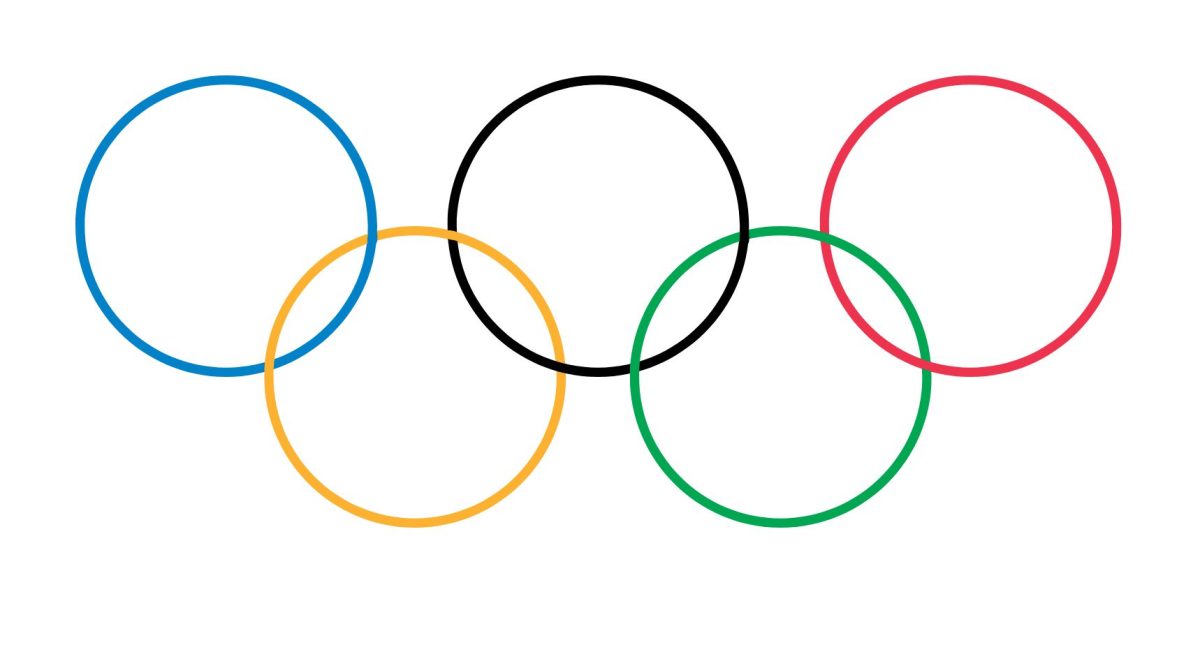The 2024 Paris Olympics aimed to be a “green” game via carbon emission reductions, and to their credit, they did that. The estimated carbon footprint of this year’s Olympics is 1.58 mtCO2, which is lower than their goal of 1.75 mtCO2.
A part of how they did this is through carbon offsets, where companies or sometimes individuals will “offset” the carbon emissions they produce by reducing the amount of carbon somewhere else– like through planting trees or preserving pre-existing forests.
However, carbon offsets have come under fire in recent years for not being an entirely accurate or reliable way of reducing carbon. According to Carbon Market Watch, a nonprofit that acts as a research organization and “climate watchdog,” the practice of offsetting is often dishonest and can be used to make harmful or lazy climate actions palatable.
Buying carbon offsets certainly didn’t account for all of the carbon reductions. Another major factor was renewable energy. For the Olympics, 100% of the electricity used in the event was renewable. This was partially due to the combination of France’s existing renewable infrastructure with sponsors like the Electricité de France (EDF), who helped supply electricity. The game’s electrical output was sourced from six local wind farms and two solar farms.
The Paris Olympics put significant efforts towards promoting lower carbon emissions and succeeded in their goal of slashing what the normal carbon emissions of the summer Olympics would be. But if that is true, why are people online accusing Paris of greenwashing the event? Greenwashing being the practice of companies purposefully trying to appear more eco-friendly than they actually are as a marketing tactic.
While Paris did lower carbon emissions to create a “greener” Olympics, they also did a lot to seem green.
Coca-Cola has been a major sponsor of the Olympics for years. At venues and events where soda fountains would not be available, the Paris Olympics claimed they would serve drinks from reusable cups. The reusable plastic cups that were used were filled using Coca-Cola, which was already pre-bottled in plastic. This increased the amount of plastic used at outdoor events. The reusable cups did nothing to decrease the plastic used at certain events, but instead increased plastic waste.
Another thing that stirred controversy online was the conditions in the Olympic Village. There were around 10,500 athletes at the event, a small number compared to the millions of spectators at the games and the 65,000 volunteers and journalists present. However, the Olympic Village appeared to be a major way they promoted their “eco-friendly” games.
The complaints sighted by athletes on social media were the heat, beds, food, and privacy. The windows in the rooms had no curtains, so if a person was standing at the right angle they would be able to see the Olympian’s personal space. The rooms were cooled by using a cooling system of hydraulics under the athlete’s village, but this wasn’t successful as many athletes brought their own air conditioning units anyway, not wanting to deal with the Parisian heat in their rooms. One gold medal athlete, Thomas Ceccon of Italy, opted to sleep outside instead of enduring the heat in his room.
Additionally, the food served at the Olympics was majorly plant-based, plant-based foods needing less carbon being produced, but the Olympic Village lacked the appropriate amount of protein and carbohydrates to feed the athletes. Without appropriate nutrition, athletes pose a greater risk of injury and burnout. There was even alleged raw meat being served to athletes.
The Paris Olympics were successful in reducing carbon emissions, so why go through the trouble of appearing eco-friendly and sparking controversy when they were already taking legitimate steps for reducing emissions? It seems like a marketing tactic gone wrong and has sparked arguably more controversy over failed eco-friendly ideas than praise over legitimate efforts and accomplishments.





![Reaching out. Christopher Lesh, student at Central Catholic High School, serves ice cream during the event on March 2, 2025, at the Portland waterfront. Central Catholic was just one of the schools that sent student volunteers out to cook, prepare, dish, and serve food. Interact club’s co-president Rachel Gerber, junior, plated the food during the event. “I like how direct the contact is,” Gerber said. “You’re there [and] you’re just doing something good. It’s simple, it’s easy, you can feel good about it.”](https://wlhsnow.com/wp-content/uploads/2025/03/interact-1-edited-1200x744.jpg)






















































![At the bottom of the third inning, the Lions are still scoreless. Rowe stands at home plate, preparing to bat, while Vandenbrink stands off to the side as the next batter up. Despite having the bases loaded, the team was unable to score any runs. “It’s just the beginning of the season. We’re just going to be playing out best by June, [and] that’s where champions are,” Rowe said.](https://wlhsnow.com/wp-content/uploads/2024/03/IMG_3077-1200x900.jpg)


















































